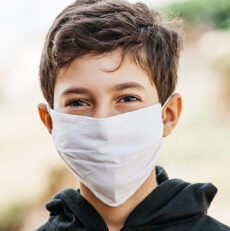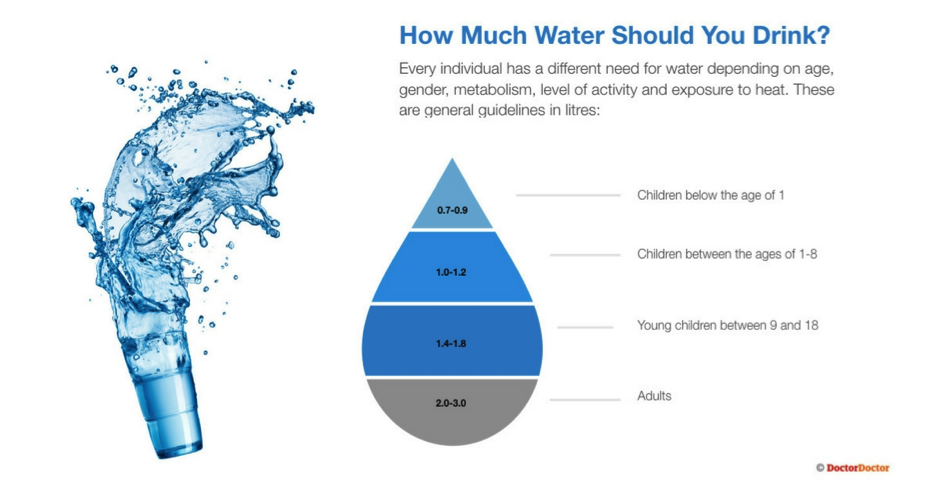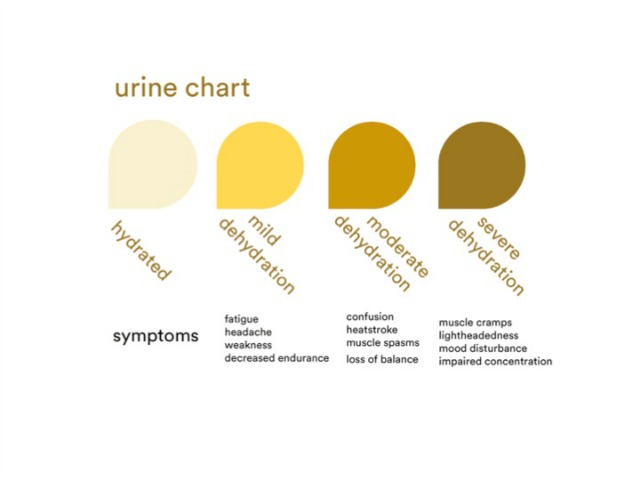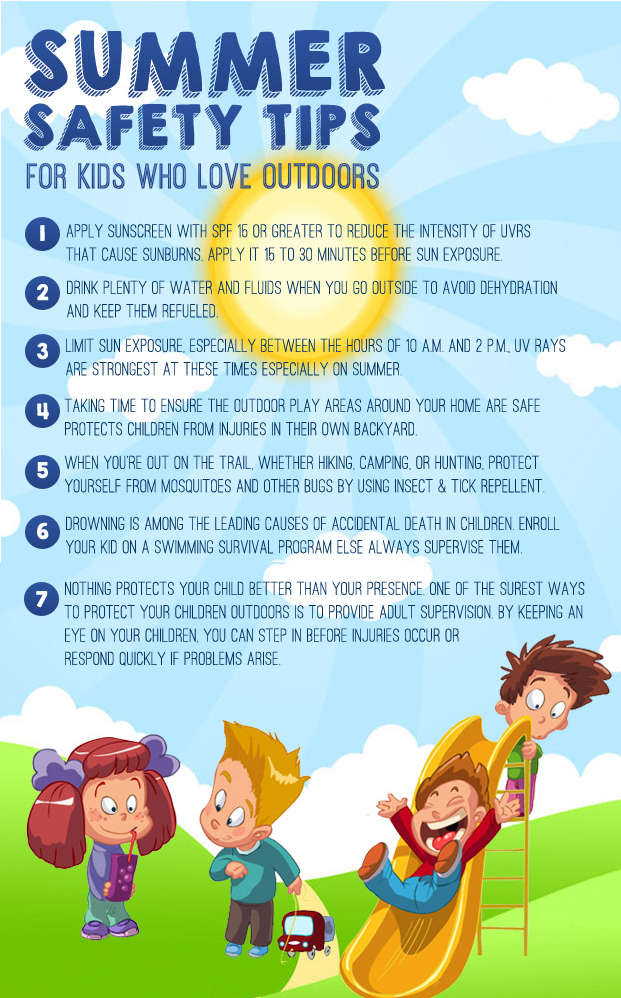
May 30, 2025
COVID RETURNS 2025

Don’t wait for your kids to tell you they’re thirsty before offering them water, experts say. Instead, offer them water and other hydrating foods and beverages throughout the day, particularly in the summer when more liquids are needed to stay healthy.
By the time children are thirsty, they’re already at least 3 percent dehydrated.
And water does far more than slake thirst. Water is a cooling mechanism, it transports fluids and nutrients, helps with digestion, helps with cognitive function and maintains a healthy weight.
Use a rule of thumb of 2 to 3 ounces per day per pound of body weight, to a maximum of 8 to 10 cups per day. Water is not needed for infants under 6 months of age, and babies under 1 year can stay hydrated with breast milk or formula.
Make sure they drink 30 minutes or so before an activity, and then every 20 minutes during the activity, especially during the summer months. While doctors advise against sugary drinks, they do say that a sports beverage containing electrolytes is okay during prolonged, vigorous exercise.
Aside from complaints of thirst, it can be hard to tell when a child is dehydrated. Some signs could be decreased or dark urine, dizziness and lethargy.

Parents can ensure that their kids get their recommended intake of fluids with these seven tips:
1. It doesn’t have to be water – many fruits and vegetables have a very high water content. Offer watermelon, strawberries, broccoli, celery, cucumbers and other watery fruits and veggies for snacks. Chaparro recommends five servings of fruits and vegetables each day.
2. Make sipping fun. Let your kids pick out their own drinking cups or travel bottles in their favorite colors or decorated with their favorite characters. Buy a set of crazy straws. Invest in ice cube trays that make ice in fun shapes.
3. If kids balk at drinking “boring” water, give it some flavor and color. Freeze berries or cranberries into ice cubes, or infuse water with fresh fruit, herbs or vegetables such as lemon, mint, watermelon or orange.
4. Make your own popsicles for a fluid-rich treat. Puree fruit or use no-sugar-added fruit juice and pour into freezer molds.
6. Be prepared. Invest in an assortment of reusable travel bottles and keep them filled and in the fridge so you can grab them any time you head out for a walk, bike ride or car trip.
7. Create a reminder system for drinking water. This could be a chart on the refrigerator that kids can mark each time they have a serving of water, or, if you’re out and about, a timer set on your phone to remind the family that it’s time to take a drink.

Leave a comment